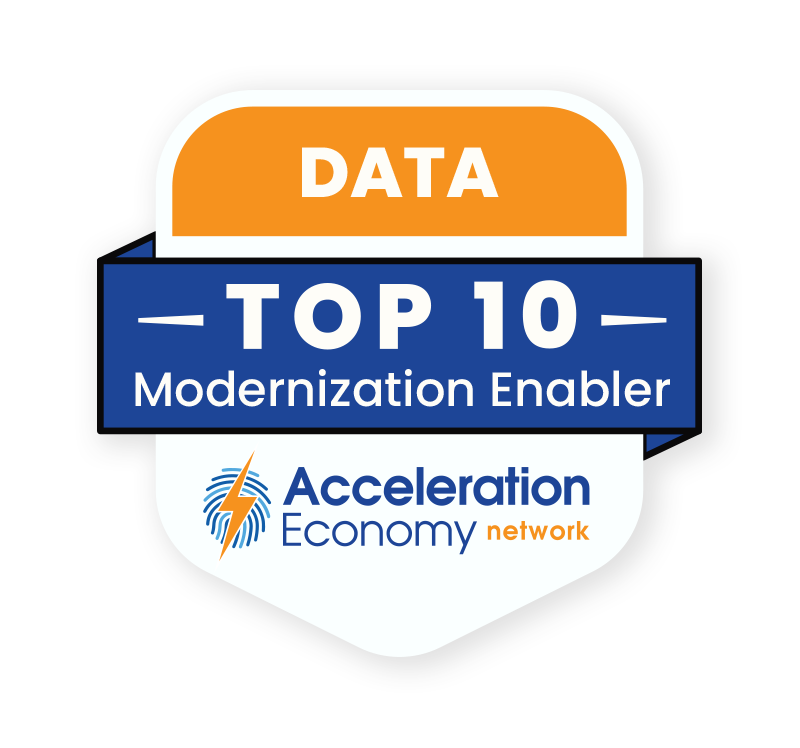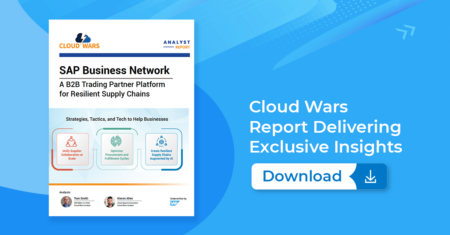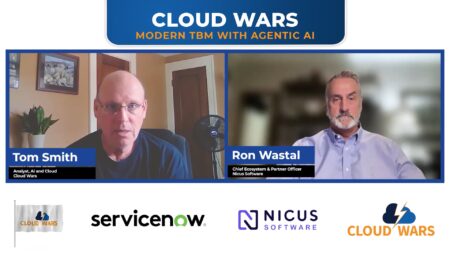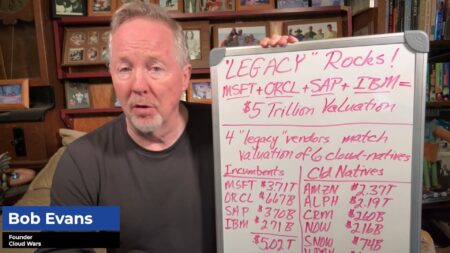
In episode 40 of the Data Modernization Minute, Wayne Sadin further defines the Scope 3 emissions and the data involved within it.
For timely insights from Cloud Wars Founder Bob Evans and a roster of leading CXOs on the hows and whys of sustainability’s impact on business processes and profits, please join us for the Acceleration Economy Sustainability Impact Digital Summit on January 26, 2023. Register today for your free streaming pass here.
Highlights
00:28 — The definitions of Scope 1, 2, and 3 come from the organization GHG Protocol – which stands for greenhouse gas. The document Wayne refers to is the Corporate Standard. There are other government and NGO standards, but Wayne is focusing on private enterprises.
00:56 — In a previous Data Modernization Minute, Wayne defines the three scopes of sustainability, which is the latest big data problem — data that has a high volume. Scope 3 emissions include the indirect upstream and downstream impact of energy use of greenhouse gas.

Which companies are the most important vendors in data? Check out the Acceleration Economy Data Modernization Top 10 Shortlist.
02:19 — Wayne provides two examples that demonstrate different types of data exchange models that can be implemented to prevent companies from having to deal with “every possible endpoint that data produces.”
03:44 — If a company is going to do Scope 3 emissions, which is optional under the GHG Corporate Standard, it should use a data exchange model, which Wayne says will “simplify the data factory and work through a standardized exchange.” This, in turn, will simplify the collection and usage of Scope 3 data to manage the lifecycle emissions of a company and its products.









